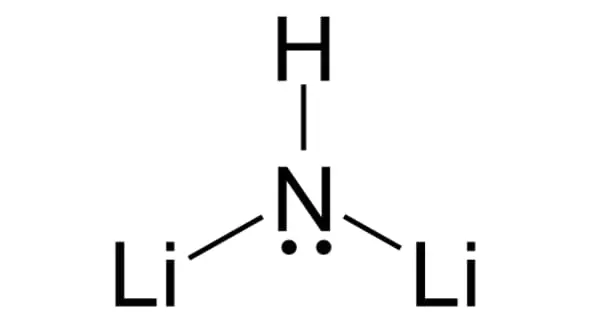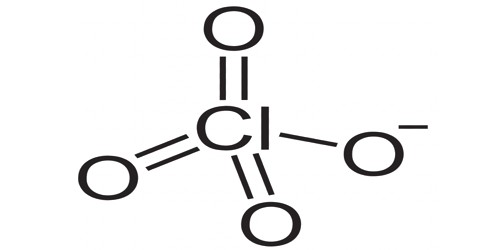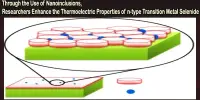To shield them from the outside environment, surfaces of cars, ships, and buildings are coated with polymeric materials that resemble skin. These non-reusable coatings must be replaced on a frequent basis because it is challenging to tell whether the ones that are currently being used have previously been damaged or not. This causes significant waste production and expensive disposal expenses.
The Korea Institute of Science and Technology (KIST) announced that Dr. Tae Ann Kim’s team at the Soft Hybrid Materials Research Center has developed a polymeric coating wherein the damaged area changes color, enabling immediate detection and high temperature self-healing.
Currently conducted research on damage-reporting and self-healing polymeric coatings uses incredibly tiny capsules that contain functional chemicals. However, if shattered, these capsules are useless for further damage detection and self-healing. The KIST research team has created a thermoset polymer that can self-report damage and self-heal several times by returning to its original chemical structure after being disturbed by an external stimulation.
This study reports a method for the simultaneous realization of damage detection and self-healing technology without any external agents such as capsules. However, even if repeated self-healing is possible, it cannot be used permanently. Therefore, additional research is underway to transition materials that have reached their lifespan into materials that are harmless to the environment or convert them into a re-cyclable form.
Dr. Tae Ann Kim
A thermoset polymer comprising a molecule that can be split apart and reassembled by temperature was created in this study, as well as a mechanochromic molecule, which changes color when an external force is applied due to a particular bond cleavage.
A mechanochromic molecule breaks a specific connection when a force is applied, transforming into a form that may display color. The synthetic polymeric coating’s damaged area turned purple.
The material became processable, physiologically healed, and colorless when a temperature of 100°C or more was applied. The functionality was achieved by synthesizing the real coating agent. The study team performed molecular dynamics simulations to predict and validate that only specific desirable chemical bonds are selectively broken when a mechanical force is applied to create a colorful structure.
The inventive multifunctional polymeric coating created here has a wide range of applications in the railroad, highway, aviation, automobile, marine, and defense industries. It can also greatly reduce industrial waste. Additionally, because it functions similarly to skin and doesn’t need an external energy source, it can be used as an artificial skin for robots like humanoids.
Dr. Tae Ann Kim of KIST said, “This study reports a method for the simultaneous realization of damage detection and self-healing technology without any external agents such as capsules.”
He added, “However, even if repeated self-healing is possible, it cannot be used permanently. Therefore, additional research is underway to transition materials that have reached their lifespan into materials that are harmless to the environment or convert them into a re-cyclable form.”
















